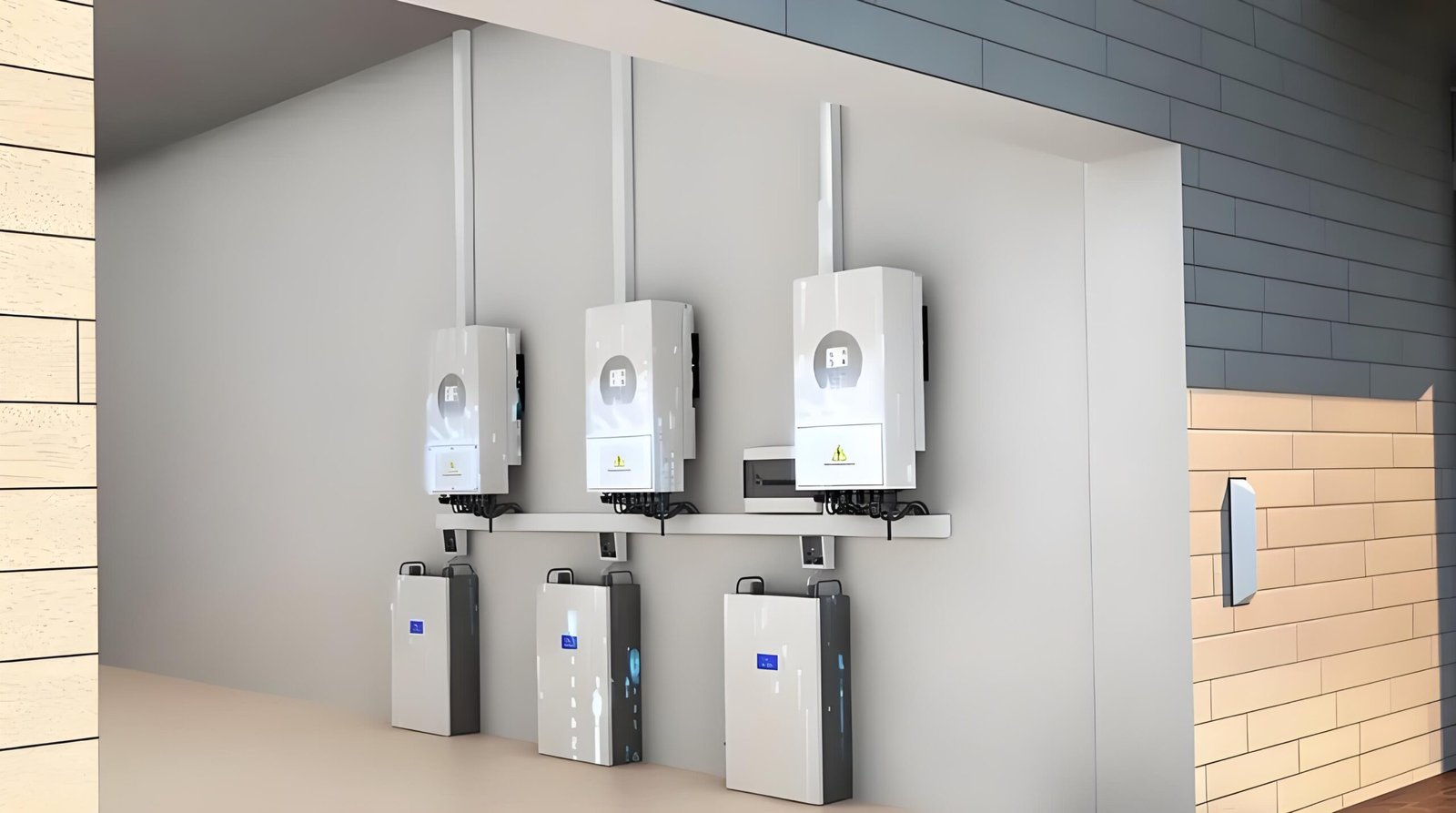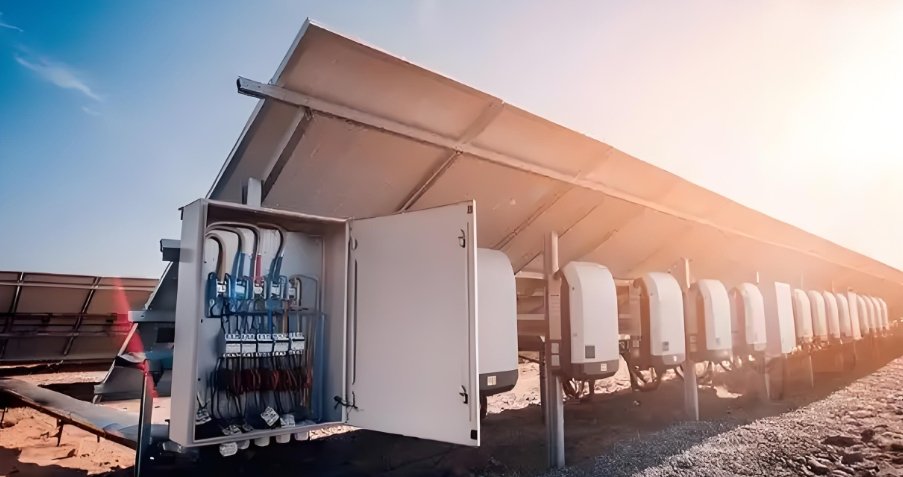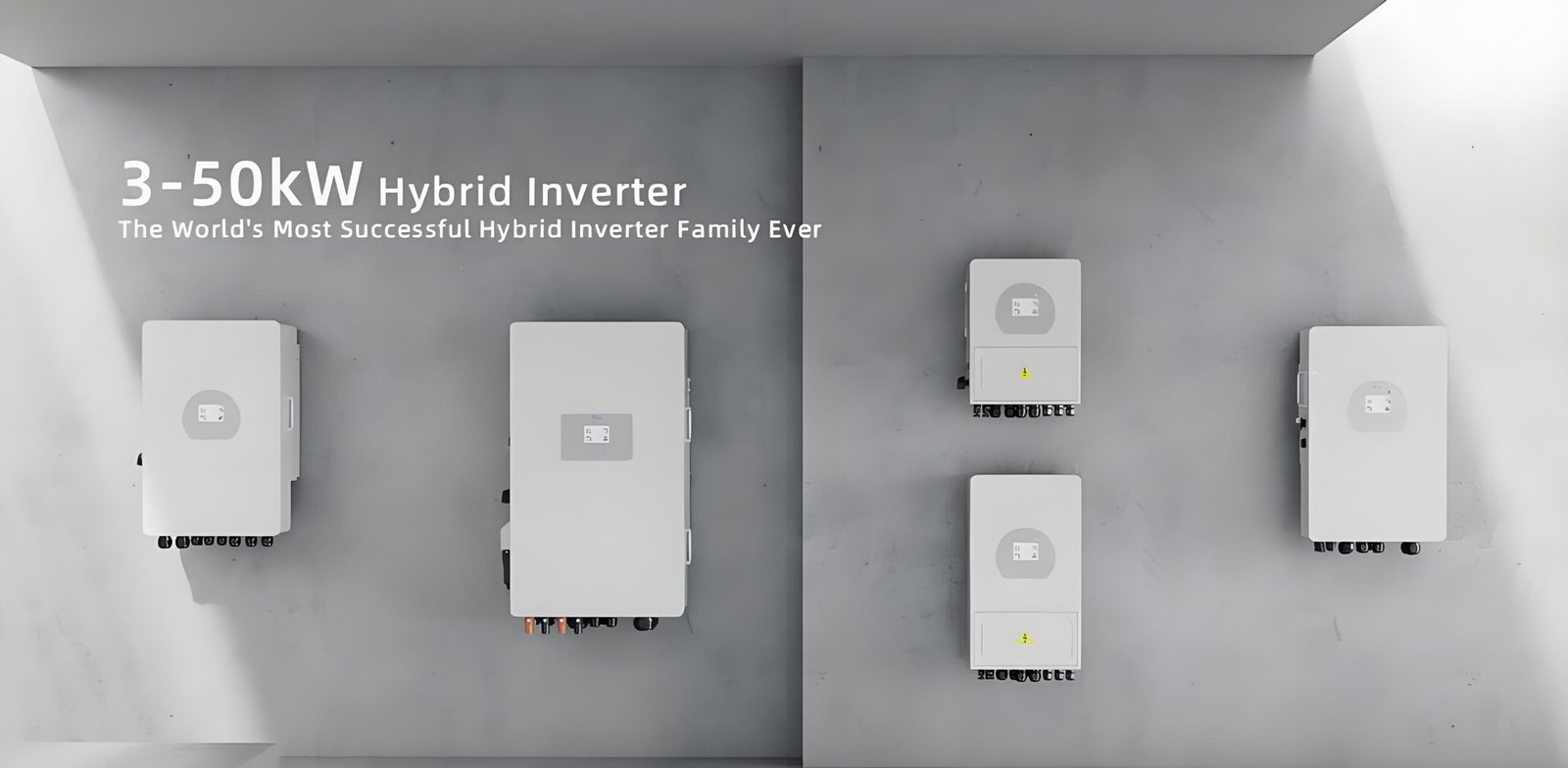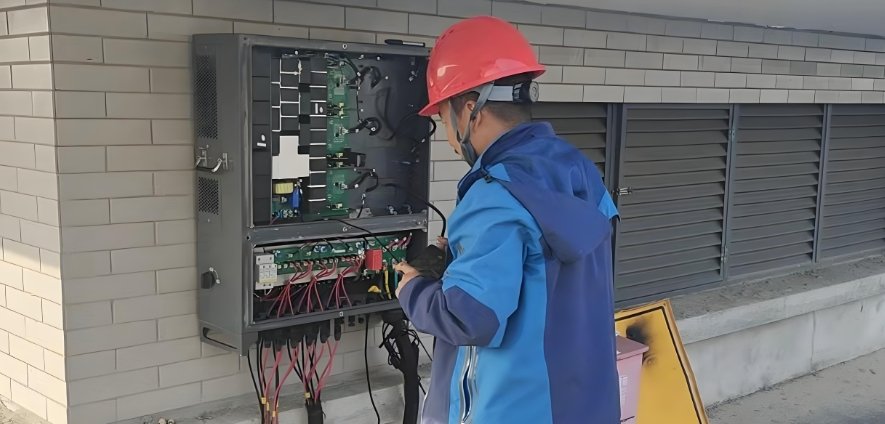Choosing the right inverter can be challenging with so many options available. Let’s explore the key differences between hybrid, grid-tied, and off-grid inverters, and how each one fits different energy needs.
The main difference lies in their connection to the grid, battery integration, and overall power supply mode. Let’s break it down.
Whether you're setting up a home solar system or a large commercial setup, understanding these differences is crucial. Let’s dive into the details.
Comparison of Inverter Types
| Feature | Hybrid Inverter | Grid-Tied Inverter | Off-Grid Inverter |
|---|---|---|---|
| Grid Connection | Connected to the grid; can export excess energy back to it. | Connected to the grid; does not store energy. | Operates independently; no connection to the grid. |
| Battery Integration | Supports battery storage, allowing for energy management and backup power. | Does not support battery storage. | Requires batteries for energy storage and supply. |
| Power Supply Mode | Can switch between grid supply, battery backup, and solar power modes. | Only supplies power when connected to the grid. | Provides continuous power from stored energy, regardless of grid status. |
| Energy Management | Intelligent management of solar, battery, and grid power for optimal usage. | Primarily manages solar power input and grid connection. | Manages solar input and battery charging/discharging without grid interaction. |
| Use Cases | Ideal for homes wanting flexibility with backup options during outages. | Best for homes connected to the grid seeking to reduce electricity bills through solar energy. | Suitable for remote locations where grid access is unavailable or for complete energy independence. |
| Cost | Generally higher due to additional features and battery integration capabilities. | Typically lower due to simpler design and functionality. | Can be cost-effective for remote areas but may require investment in batteries and other components. |
Grid Connection
Grid connection1 inverters are designed to connect directly to the utility grid. This allows excess energy produced by solar panels to be sent back to the grid, providing credits or payments.
Grid-tied inverters connect directly to the grid, enabling energy to flow both ways.
Grid-Tied Inverters
Grid-tied inverters only function when there is an active connection to the utility grid. They convert DC to AC and synchronize with the grid’s voltage, ensuring the power is compatible.
Hybrid Inverters
Hybrid inverters, on the other hand, can connect to both the grid and a battery storage system. This makes them versatile and able to store excess energy in batteries for use during outages or periods of high demand.
Off-Grid Inverters
Off-grid inverters are designed for systems that are completely independent of the grid. They are used in remote areas or standalone solar systems where no grid connection is available.
| Type | Grid Connection | Power Flow2 |
|---|---|---|
| Grid-Tied | Yes | Both directions |
| Hybrid | Yes + Battery | Both directions |
| Off-Grid | No | One direction |
Battery Integration
The ability to integrate with batteries is one of the defining characteristics that set hybrid inverters apart from grid-tied and off-grid inverters.
Battery integration3 provides hybrid inverters with seamless energy storage capabilities.
Hybrid Inverters
Hybrid inverters have built-in battery management systems that allow for the storage of excess energy. This is particularly useful when energy consumption peaks, or when there is a power outage.
Grid-Tied Inverters
Grid-tied inverters typically do not support battery integration. Any excess solar energy is fed back into the grid rather than stored.
Off-Grid Inverters
Off-grid inverters are often paired with large battery banks to ensure there is always power available, even when the sun isn’t shining. These systems are entirely independent and rely on stored energy.
| Inverter Type | Battery Integration |
|---|---|
| Grid-Tied | No |
| Hybrid | Yes |
| Off-Grid | Yes |
Power Supply Mode
Each inverter type handles power supply in different ways, based on whether the system is grid-connected or self-contained.
The power supply mode4 determines how the inverter draws or provides energy.
Grid-Tied Inverters
Grid-tied inverters use power from the utility grid when solar production is insufficient. If excess energy is produced, it flows back to the grid.
Hybrid Inverters
Hybrid inverters can either draw power from the grid or supply power to the grid, depending on the system’s energy needs. If there is excess power, it can be stored in batteries instead of being fed back into the grid.
Off-Grid Inverters
Off-grid inverters rely entirely on solar power and batteries for energy. They draw power from batteries when solar generation isn’t enough to meet energy needs.
| Inverter Type | Power Supply Mode |
|---|---|
| Grid-Tied | Grid + Solar |
| Hybrid | Grid + Battery + Solar |
| Off-Grid | Solar + Battery (No Grid) |
Energy Management
Energy management refers to how each inverter type handles energy usage, distribution, and storage.
Energy management5 is key for optimizing performance and reducing costs.
Hybrid Inverters
Hybrid inverters have advanced energy management features that help optimize how solar energy is used. They balance between using energy directly, storing it in batteries, or sending it back to the grid based on current demand and storage levels.
Grid-Tied Inverters
Grid-tied inverters rely on the grid for energy management, meaning they do not need advanced energy management features. Any excess energy is exported to the grid for credit.
Off-Grid Inverters
Off-grid inverters must be highly efficient in energy management because they rely on battery storage. They often feature power-saving modes and system monitoring to ensure minimal energy loss.
| Type | Energy Management |
|---|---|
| Grid-Tied | Minimal |
| Hybrid | Advanced |
| Off-Grid | Essential |
Use Cases
The type of inverter you choose depends largely on your energy needs and whether or not you have access to the power grid.
Understanding the best use cases helps determine the most efficient and cost-effective inverter.
Grid-Tied Inverters
Grid-tied inverters are ideal for urban areas where there is easy access to the utility grid. They work best for households or businesses that want to reduce energy bills through solar power, but do not need backup power.
Hybrid Inverters
Hybrid inverters are great for homes or businesses that want both grid power and battery storage. They are ideal for regions with unreliable power supply or areas that want to be more energy-independent.
Off-Grid Inverters
Off-grid inverters are perfect for remote locations where there is no access to the grid. These systems are used in off-grid homes, cabins, or even large-scale installations in rural or remote regions.
| Inverter Type | Best For |
|---|---|
| Grid-Tied | Urban areas, reducing bills |
| Hybrid | Areas with intermittent supply |
| Off-Grid | Remote locations, energy independence |
Cost
The cost of each inverter type varies based on the complexity of the system and the additional features such as battery storage.
Cost is a key factor in determining the best inverter for your needs.
Grid-Tied Inverters
Grid-tied inverters tend to be the most affordable option, as they do not require batteries and have simpler designs.
Hybrid Inverters
Hybrid inverters are more expensive than grid-tied inverters because they include battery management systems and the ability to integrate with storage.
Off-Grid Inverters
Off-grid inverters are typically the most expensive because they require batteries and larger systems for energy storage and management.
| Inverter Type | Cost Estimate |
|---|---|
| Grid-Tied | Lower |
| Hybrid | Medium |
| Off-Grid | Higher |
Conclusion
Choosing between a hybrid, grid-tied, or off-grid inverter depends on your needs. Grid-tied inverters are perfect for connecting to the grid, hybrid inverters provide flexibility with battery storage, and off-grid inverters are essential for independent energy systems.
Footnotes
-
This link explains how grid connection works and its role in solar energy systems. ↩
-
This link explains the concept of power flow in inverters, including grid-tied and off-grid setups. ↩
-
This link explains the concept of battery integration and how it works in hybrid and off-grid inverters. ↩
-
This link explains the concept of power supply modes in solar inverters and how they differ by type. ↩
-
This link explains how energy management systems optimize the use, storage, and distribution of solar energy. ↩









